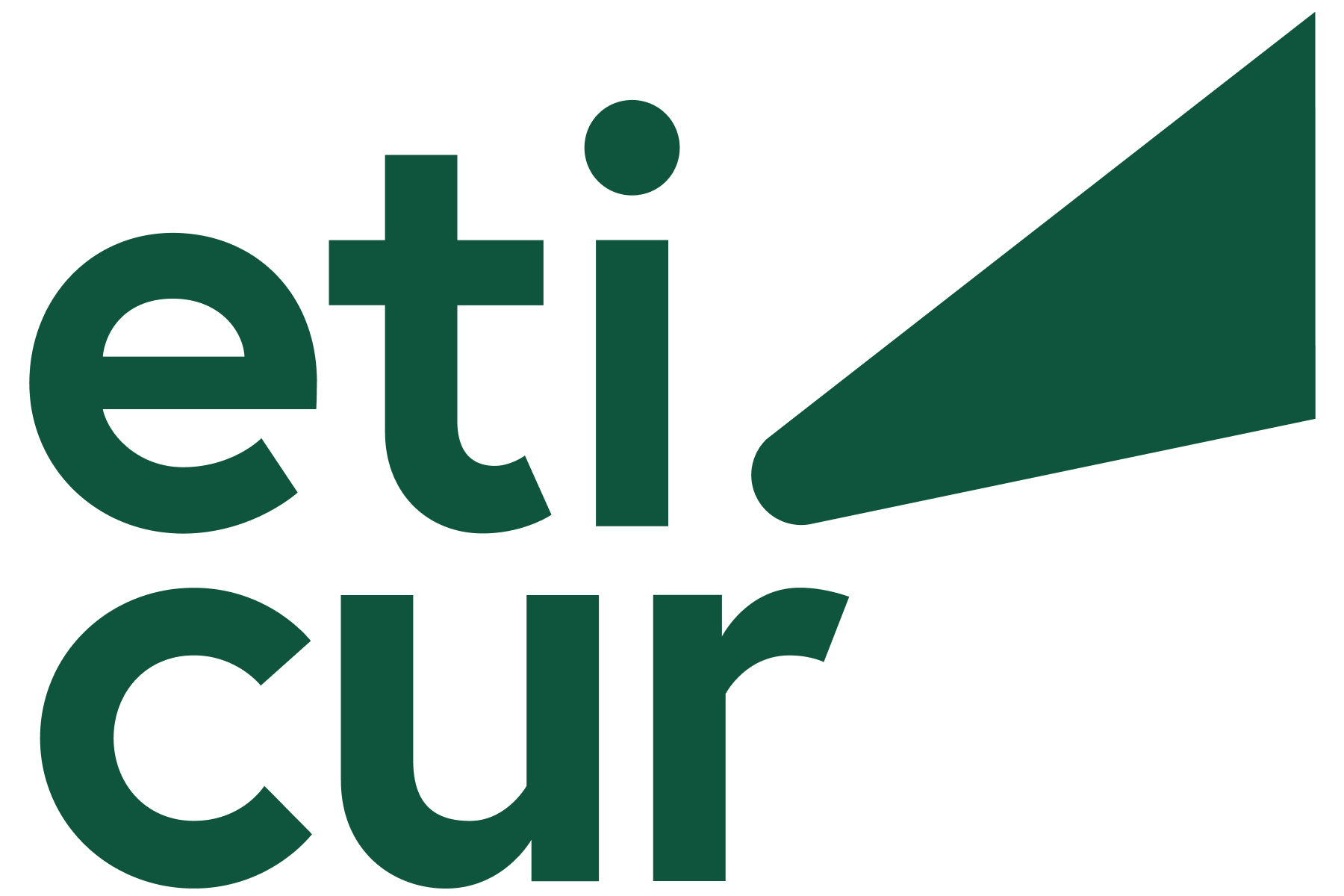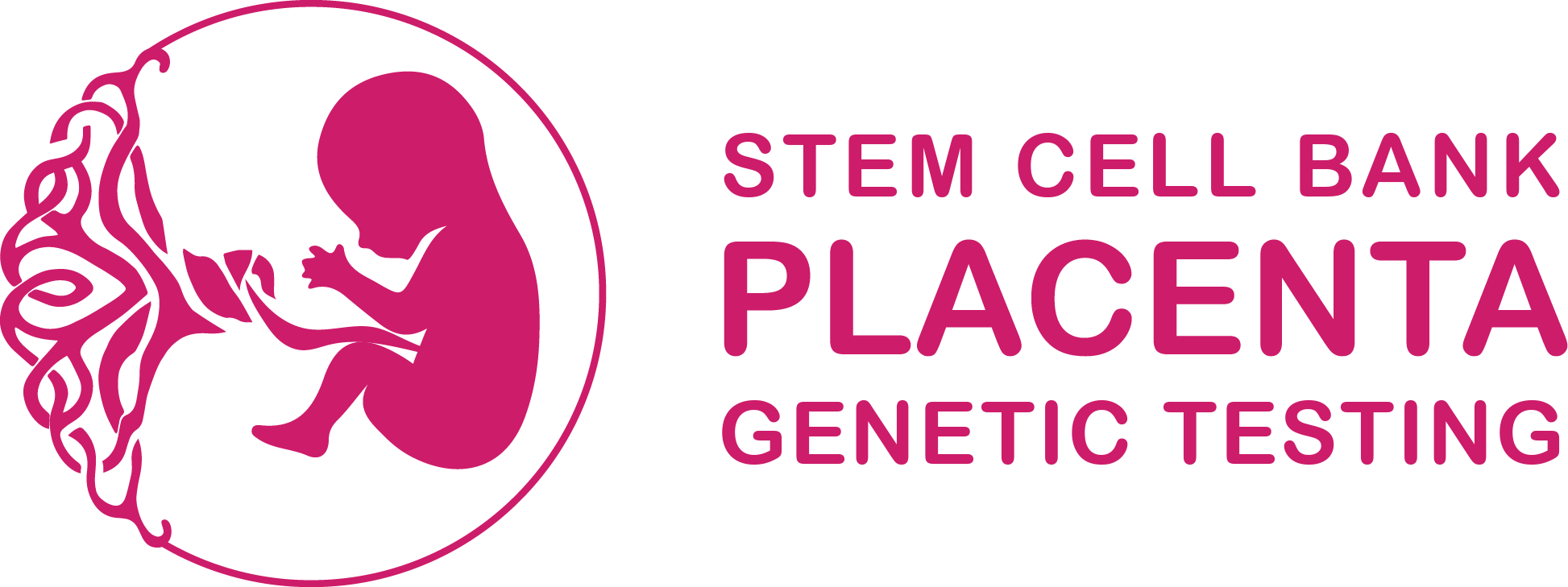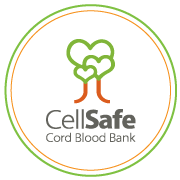Stem cells
and cord blood
Stem cells
Stem cells are primitive, non-specialized cells characterized by their limitless potential to proliferate and their unique ability to differentiate into specialized cells, leading to the formation of tissues. Their properties have been used to renew or replace damaged cells. Stem cells can be harvested, among others, from umbilical cord blood.
Bone marrow was the primary source of stem cells (bone marrow transplantation involves transplanting stem cells derived from the bone marrow), whereas nowadays umbilical cord blood stem cells are more frequently used for therapeutic purposes. Other sources include peripheral blood drawn from donors who underwent pharmacological mobilization.
Each living organism, through the course of its life, systematically produces new cells that subsequently mature and differentiate into more specialized cells. Eventually, these cells perish after a specific period of time, as inscribed in their genetic code. Specific stem cells are cells which directly replace the dead ones. All stem cells, even if their presence in the body is only transient, may be subdivided into four categories: totipotent, pluripotent, multipotent and unipotent. Multipotent cells include hematopoietic stem cells and the human umbilical cord blood is a good source of such cells.
Umbilical cord blood - collection and storage
Cord blood is the blood that remains in the umbilical cord and placenta after birth and cord clamping. It is a valuable source of stem cells. Until recently it was treated as "waste" and recycled together with the placenta and umbilical cord. Currently, it is collected to isolate stem cells for storage and subsequent use in therapy.
Stem cells from umbilical cord blood, like those from the bone marrow, may be transplanted to rebuild the hematopoietic and immune systems. These cells are characterized by greater efficacy than stem cells obtained from adult donors. They can be used both for autologous transplants (where the donor is the recipient of the collected cells) and allogeneic transplants (where the recipient receives cells from another person, e.g. family transplants).
Collecting umbilical cord blood is a simple and non-invasive procedure.
Umbilical cord blood collection is a simple activity. It is performed once the umbilical cord is cut and the blood is taken from the part of the umbilical cord that is connected to the placenta, so the process is entirely independent of the child.
Usually a trained midwife will collect the sample using a collection kit that was delivered to the hospital by the parents immediately before delivery. Following collection, it is picked up from the hospital and transported to the laboratory by a person authorized by the bank.
Banking umbilical cord blood
Umbilical cord blood may be stored virtually indefinitely, without fear of losing its valuable properties. At the PBKM laboratory, stem cells from umbilical cord blood are stored until needed.
Predominance of stem cells from umbilical cord blood
Due to the advantages that umbilical cord blood cells offer over bone marrow cells, they are increasingly used in saving lives. Although stem cells from the bone marrow may be harvested throughout the whole life, cells collected from umbilical cord blood are much more valuable, as illustrated in the table:
|
Umbilical Cord Blood |
Bone Marrow |
|
|
Duration and ease of blood collection |
blood harvesting takes several minutes at childbirth, it is non-invasive and safe |
collection can take a minimum of 25-30 minutes to be performed, the collection procedure involves a puncture of the wings of the ilium under general anaesthesia |
|
Cross contamination risk |
cord blood is retrieved from placenta and umbilical vessels – which minimises the risk of contamination |
the donor is usually an adult who could be a symptomless carrier of viruses which could become active after the transplantation, risk of contamination exists |
|
Availability for transplantation |
cord blood is available after deposition in a transplant bank and awaits the recipient |
the marrow has to be harvested from a donor who, even if registered, is required to be present in order to confirm compatibility and collect the marrow, the donor must be in excellent health to allow the bone marrow harvest |
|
Growth potential |
greater proliferation capacity (cell multiplication, cellular rebirth) as opposed to bone marrow |
cells reduced capacity to proliferate in comparison to cord blood cells |
|
Compatibility between the donor and the recipient |
EASY – 6 Human Transplantation Antigens (HLA) are tested out of which only 4 are required to be compatible between the blood and its recipient |
EXTREMELY DIFFICULT – 10 Human Transplantation Antigens (HLA) undergo testing out of which 8 must be compatible between the bone marrow donor and the recipient |
|
Prospective donors |
cord blood can be retrieved only once throughout life – at birth |
theoretically any adult meets the criteria for becoming a bone marrow donor, registration is simple and inexpensive, however finding a matched donor available on specific dates may prove complicated |
|
Prospective recipients |
the average cord blood unit is suitable for recipient weighing approximately 40 kg, blood units can be combined, with bone marrow or peripheral blood |
bone marrow harvested from an adult will in general provide a sufficient supply of stem cells for a donor with 70-80 kg body weight |
|
Regeneration of the cardiovascular system |
cardiovascular system regeneration process following transplantation takes up to a month |
cardiovascular system regeneration process following transplantation takes up 2 weeks |
Umbilical cord
Umbilical cord contains special stem cells called mesenchymal cells. They have slightly different properties than umbilical cord blood cells - they differentiate into other types of cells much more easily, e.g. into nervous cells, bone, cartilage.
Umbilical cord cells are called Wharton jelly cells. It is a specific tissue that surrounds umbilical vessels. The umbilical cord may be easily harvested following delivery. The procedure is non-invasive and painless for both the mother and the baby. A fragment (10-15 cm long) of the umbilical cord is cut and put into a special container by a doctor or midwife. At the laboratory, the umbilical tissue is examined, prepared and then frozen. Stem cells may also be isolated before freezing.
What are the advantages of storing umbilical cord?
- MSC's are used in medical therapeutic experiments for the treatment of such conditions as cerebral palsy, amyotrophic lateral sclerosis or articular cartilage damage,
- MSC's may be transplanted together with umbilical cord blood cells where there is a relatively small number of hematopoietic stem cells from umbilical cord blood,
- MSC's may be used for the treatment of the entire family (tissue compatibility requirements are not as restrictive as in the case of blood).
See how many FamiCord clients have already benefited from stem cell therapy.



























